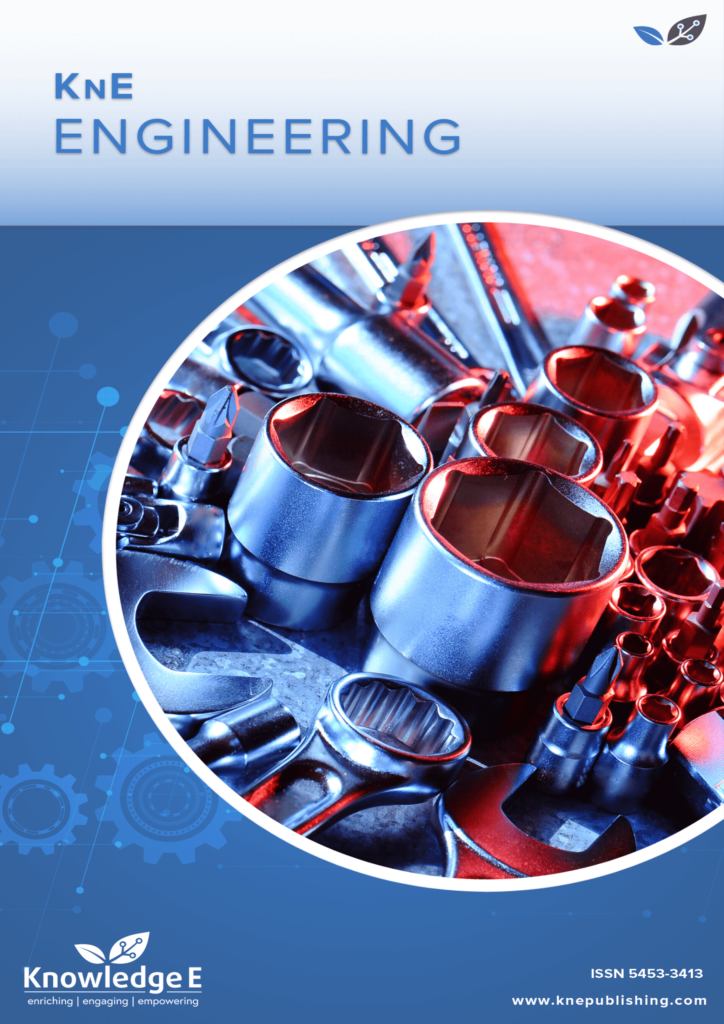
KnE Engineering
ISSN: 2518-6841
The latest conference proceedings on all fields of engineering.
Selection of Conductive Film Thickness for Submicron Metallization
Published date:Oct 08 2018
Journal Title: KnE Engineering
Issue title: Breakthrough directions of scientific research at MEPhI: Development prospects within the Strategic Academic Units
Pages:261–265
Authors:
Abstract:
The integration scale increase is accompanied by the proportional decrease of all sizes of elements of an integrated circuit (scaling law). As a result, the width and thickness of metallization conductors decrease. Depending on the topological norm, the thickness of metallization becomes less than 100 nm. The results of research on the effect of conductive film thickness on the basis of Al-Ti-Mo on resistance of layers are presented. Films with the thickness of d = 3–100 nm are obtained by electron evaporation. The critical thickness of metallization is defined, after the exceeding of which a sharp increase of layer resistance is observed. The effect of material metallization on the critical value of the thickness is determined. The carried out calculations and research of the reflexion factor of metal layers well coincide with the results of the experiments.
References:
[1] Kumar, S. and Gerhardt, R. A. (2012). Role of geometric parameters in electrical measurements of insulating thin films deposited on a conductive substrate. Measurement Science and Technology, vol. 23, no. 3.
[2] Holwill, R. J. (1989). Materials Science and Engineering: A, vol. 116, pp. 143–145.
[3] Toyoda, S., Kiyota, T., Tamagawa, K. et al. Materials Science and Engineering: A, vol. 163, no. 2, pp. 167–170.
[4] Kawabata, K., Tanaka, T., and Kajioka, H. (1993). Materials Science and Engineering: A, vol. 163, no. 2, pp. 163–165.
[5] Fujimura, N., Nishida, N., Ito, T., et al. (1989) Materials Science and Engineering: A, vol. 108, pp. 153–157.
[6] Jeyachandran, Y. L., Karunagaran, B., Narayandass, Sa. K., et al. (2006). Materials Science and Engineering: A, vol. 431, nos. 1–2, pp. 277–284.
[7] Chopra, K. L. (1972). Electrical Phenomena in Thin Films, p. 435. Moscow, Russia.